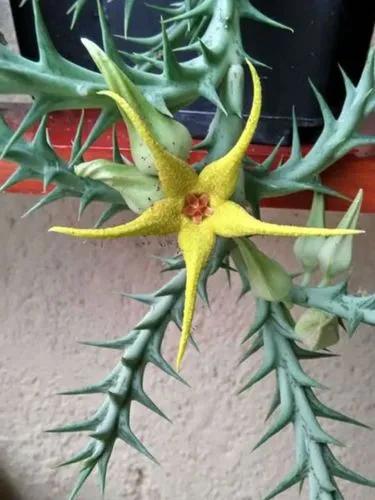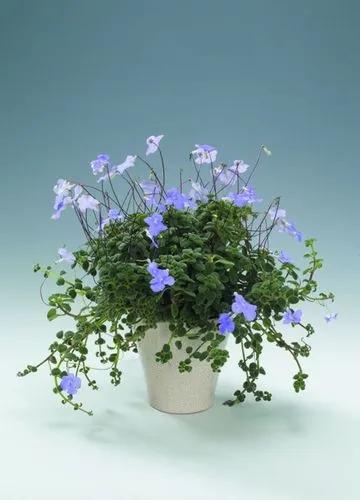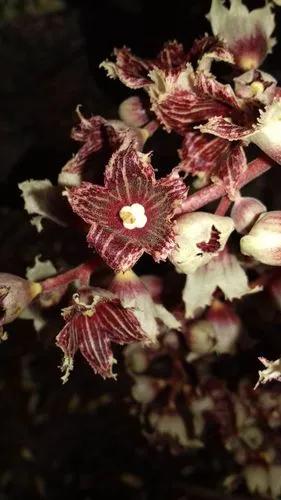White upright mignonette is native to southern Europe, western Asia and northern Africa, and introduced in North America, where it is grown as an ornamental. The young leaves and inflorescence shoots were traditionally eaten as a wild vegetable in parts of Italy and Greece.
White Mignonette Care
Reseda alba



Reseda alba is a species of flowering plant in the reseda family known by the common names white mignonette or white upright mignonette. It is native to Europe, Asia, and North Africa, and it can be found in parts of the Americas and Australia as an introduced species. It is also cultivated as an ornamental plant for its spikelike racemes of fragrant white flowers. This is an annual or perennial herb growing up to a meter tall. The leaves are divided deeply into many narrow lobes. The inflorescence, which may take up most of the upper stem, is densely packed with many white flowers. Each flower has five or six petals, each of which is divided into three long, narrow lobes, making the raceme appear frilly. The fruit is a nearly rectangular four-angled capsule up to 1.4 centimeters in length.
This plant is useful.
How to Care for the Plant

Popularity

55 people already have this plant 12 people have added this plant to their wishlists
Discover more plants with the list below
Popular articles






